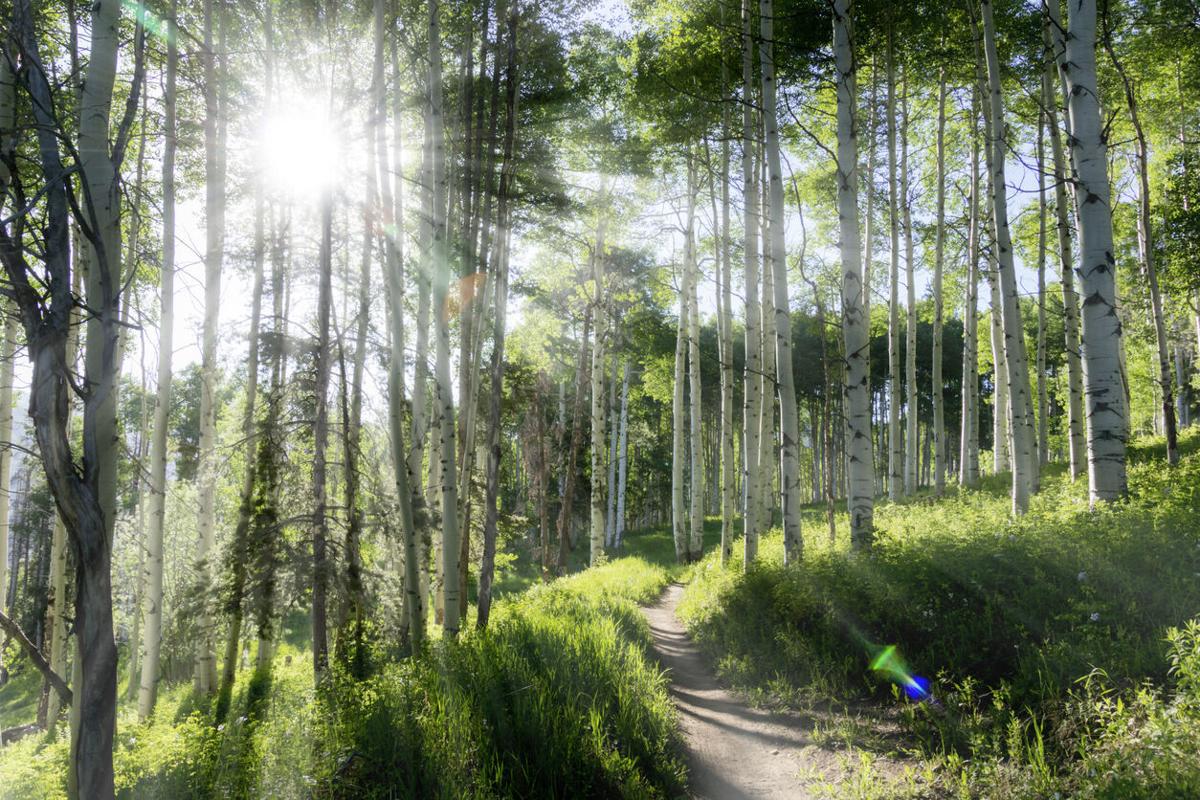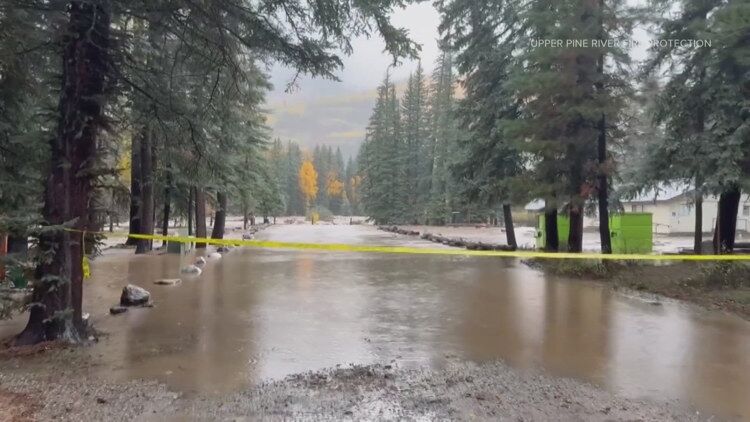7 ‘easy-to-identify’ tree species you’ll spot around Colorado
It’s no secret that quite a bit of Colorado consists of forested land. That said, most hikers probably walk by notable tree species without knowing what they are.
On that note, here are seven tree species commonly seen around Colorado’s stunning forests:
1. Douglas-fir

Douglas fir trees. Photo Credit: Matthew H Irvin (iStock).
These common evergreen trees are typically found at elevations between 6,000 and 9,500 feet, in rocky soils of moist northern slopes, in pure stands and mixed conifer forests. They grow 100 to 130 feet. Bark is gray and smooth on young trees and reddish-brown or grey on mature trees, and the needles vary in shades of green.
2. Ponderosa Pine

Ponderosa Pine Forest. Photo Credit: Rex_Wholster (iStock).
As they are well-adapted to high temperatures and low moisture, Ponderosa Pines grow at elevations of 6,300 to 9,500 feet in dry, nutrient poor soils in open park-like stands. Young trees have dark bark, and mature trees have bark that is red-orange and furrowed into large, flat scaly plates. They grow 40 to 160 feet.
3. Quaking Aspen

Aspen trees. Photo Credit: Jeffengeloutdoors.com (iStock).
This deciduous tree species is found in many regions across Colorado. The trees grow 35 to 50 feet at elevations of 6,500 to 11,500 feet. Aspen trees also have bright green foliage above and a duller green below, and the leaves turn a vibrant shade of gold in the fall.
4. Blue Spruce

Blue spruce tree. Photo Credit: onepony (iStock).
Blue Spruces can be found in well-drained, sandy soils, moist sites of narrow bottomlands or along mountain streams. They grow 70 to 115 feet, and have gray-brown bark with thick scales on mature trees. Evergreen needles are blue or light green with white lines.
5. Engelmann Spruce

Engelmann Spruce Tree. Photo Credit: Gerald Corsi (iStock).
With gray-brown bark and blue-green needles, Engelmann Spruces grow 45 to 130 feet at elevations of 8,000 to 11,000 feet. They can be found in high, cold forest environments on moist, northern slopes.
6. Lodgepole Pine

Lodgepole Pine trees. Photo Credit: Noah Sauve (iStock).
Lodgepole Pine trees typically grow at elevations of 6,000 to 11,000 feet in mostly well-drained soils. They have light brown bark with many small scales, and needles that range from yellow to dark green. They usually grow 20 to 80 feet.
7. Narrowleaf Cottonwood

Cottonwood Trees. Photo Credit: kellyvandellen (iStock).
These trees have shiny green foliage, and thick, gray-brown bark when they reach maturity. They can grow up to 60 feet and are found in moist soils along streams.
















